Chandraketugarh – Bengal’s Harappa? How is it being preserved?
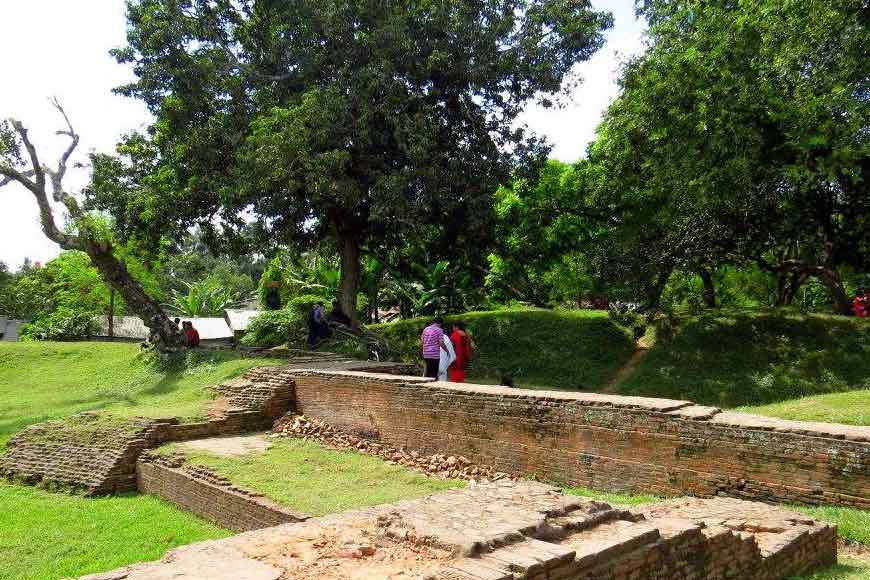
Image Courtesy - Reetwika Banerjee
Chandraketugarh is an archaeological site located beside the Bidyadhari River, about 35 kilometres north-east of Kolkata in North 24 Parganas, near Berachampa and Haroa Road railhead. Chandraketugarh was discovered by accident during construction work of adjacent roads. The artefacts that surfaced caught the attention of archaeologist Dr Tarak Nath Ghosh. That was way back in 1905. He wrote a letter to A.H. Longhurst, the British archaeologist and art historian. Renowned archaeologist Dr Rakhaldas Banerji himself is said to have visited the site in 1909 and he was amazed at the outstanding number and variety of artifacts he saw there.
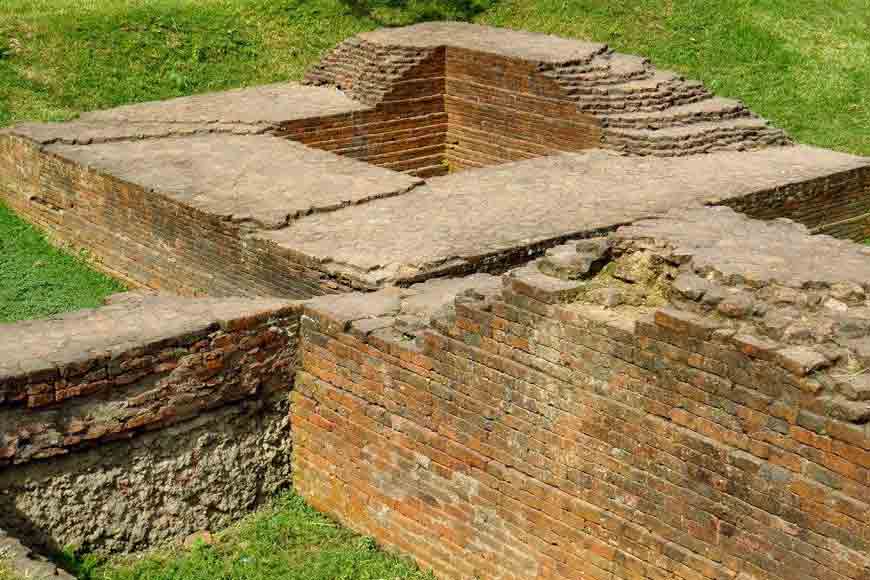 Image Courtesy - Reetwika Banerjee
Image Courtesy - Reetwika Banerjee
He instantly recognized them to be the ruins of fortification of the area. A decade later, K.N. Dikshit, the then-superintendent of the eastern circle of the Archaeological Survey of India, published a report. In 1955, initiative was taken by historians and archaeologists of Ashutosh Museum of Art, Calcutta University to excavate the site. Extensive excavation work was carried out between 1955 and 1967 at Khana Mihirer Dhibi, a five-metre high mound at the northeast corner of Berachampa — leading to the discovery of a massive post-Gupta temple complex. The findings proved the existence of a flourishing ancient civilization spanning six periods from pre-Maurya to Pala dynasty.
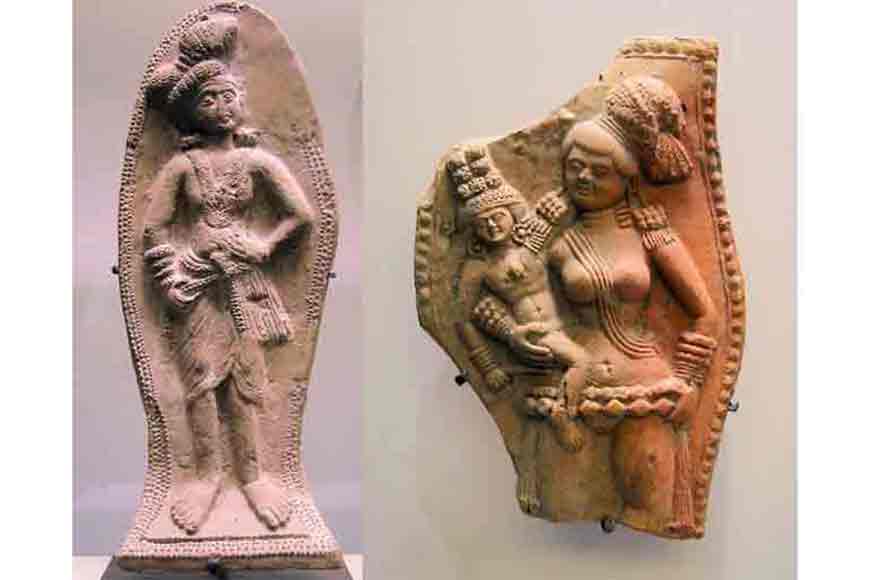
It is believed Chandraketugarh was known to ancient Greek and Roman writers also, as having the same name as the river Ganges sometimes referred to as ‘Gangaridai.’ However, the project was abandoned midway. Again in 2000, the West Bengal Heritage Commission, the state’s department of archaeology and the Archaeological Survey of India revived excavation.
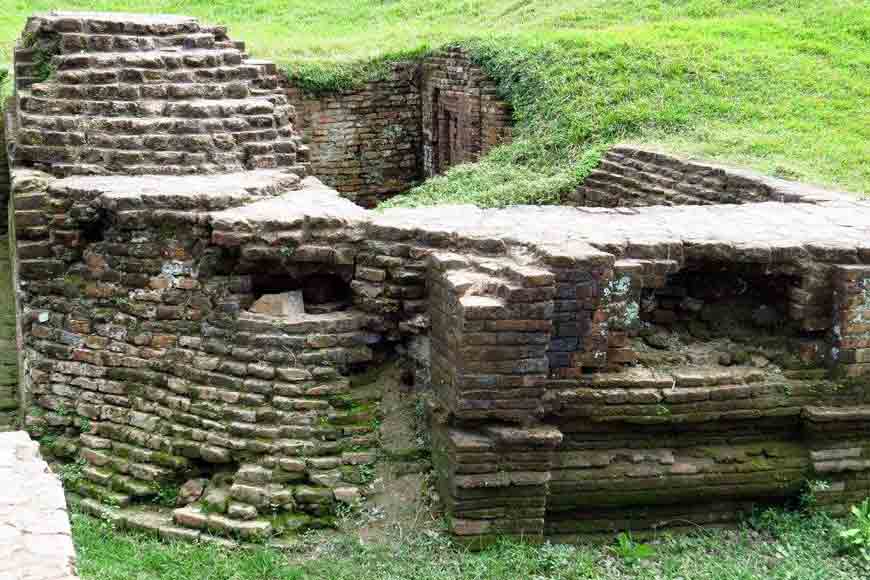 Image Courtesy - Reetwika Banerjee
Image Courtesy - Reetwika Banerjee
The state government turned the area into a heritage zone and the Heritage Commission’s move towards getting UNESCO certification for Chandraketugarh has ensured the protection of its 2,500-year-old past. Finds include Northern Black Polished Ware (NBPW) relics, later wares dated from about 400 BC to 100 BC and approximately contemporary with the Maurya period, as well as from the more recent Kushanas and Gupta periods.
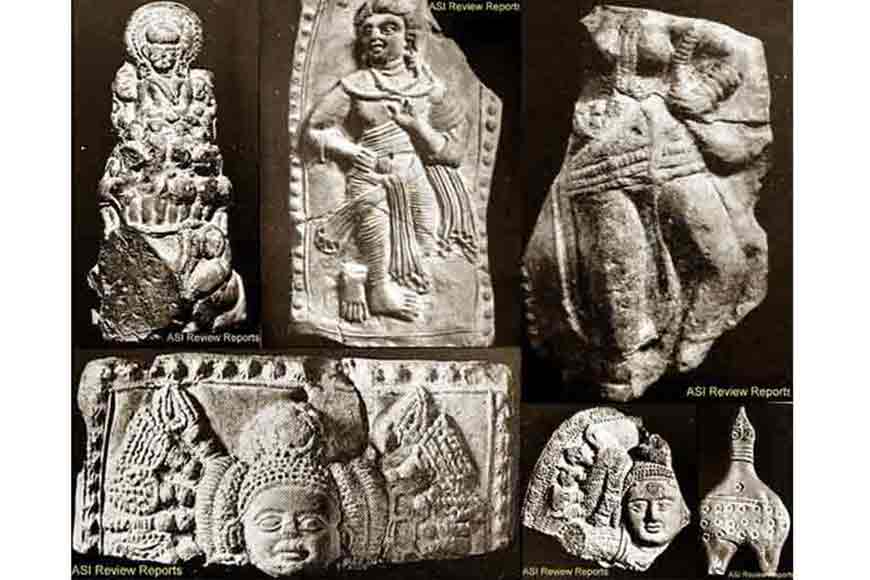
Places to see at Chandraketugarh
The main attraction of Chandraketugarh are the ancient ruins such as the mythical ancient temple dedicated to prophesiers Khana and Mihir and the Chandraketugarh Fort that was built by the mythical King Chandraketu. The site housing both these structures are called ‘Khanamihirer Dhipi.’ According to ASI, the temple belongs to a period between 4th century BC to 12th century BC. The temple is considered the most important archaeological structure of the region with only a flight of stairs and walls as remnants that reveal the grandeur of the site.
Other findings include Buddhist stupas and images, decorative designs belonging to Pala period, coins of Gupta and Kushana period, different kinds of beads, terracotta seals, bricks and plaques depicting scenes from Jataka tales and figurines of Sunga, Maurya, Kushana and Gupta periods.
Recently, the state government finalized plans to set up a museum at Berachampa to preserve these rare ancient artefacts. The museum will be housed inside the Pather Sathi motel.
Places of interest
Legendary incomplete mosque built by Pir Gorachand and his followers in Haroa. Historians believe the mosque was built on the ruins of a Buddhist stupa, that was 1300 years ago. A 'dargah' of Pir Gorachand is also situated near Haroa bus stand. You can also visit the Lal Masjid and Bidyadhari Bridge for a panoramic view of the river.
How to reach:
Situated at a distance of about 50 kilometers from Kolkata and can be reached by road, via Barasat. The journey takes around two hours. From Ultadanga and Espalanade, regular buses are available to Barachampa. From there, you can easily reach Chandraketugarh.
Best time to visit: Any time of the year but try to avoid the monsoon. Also, Basanti Puja is held with much fervor at Chandraketugarh.










